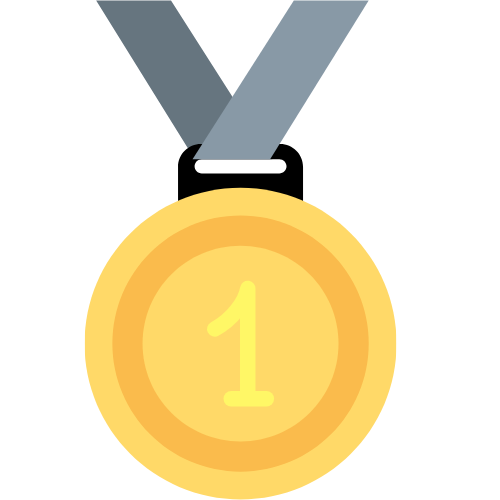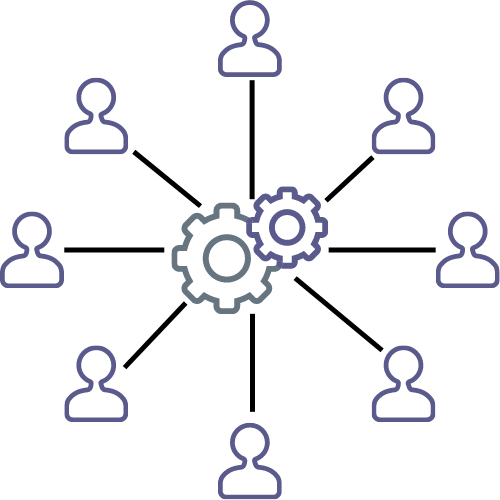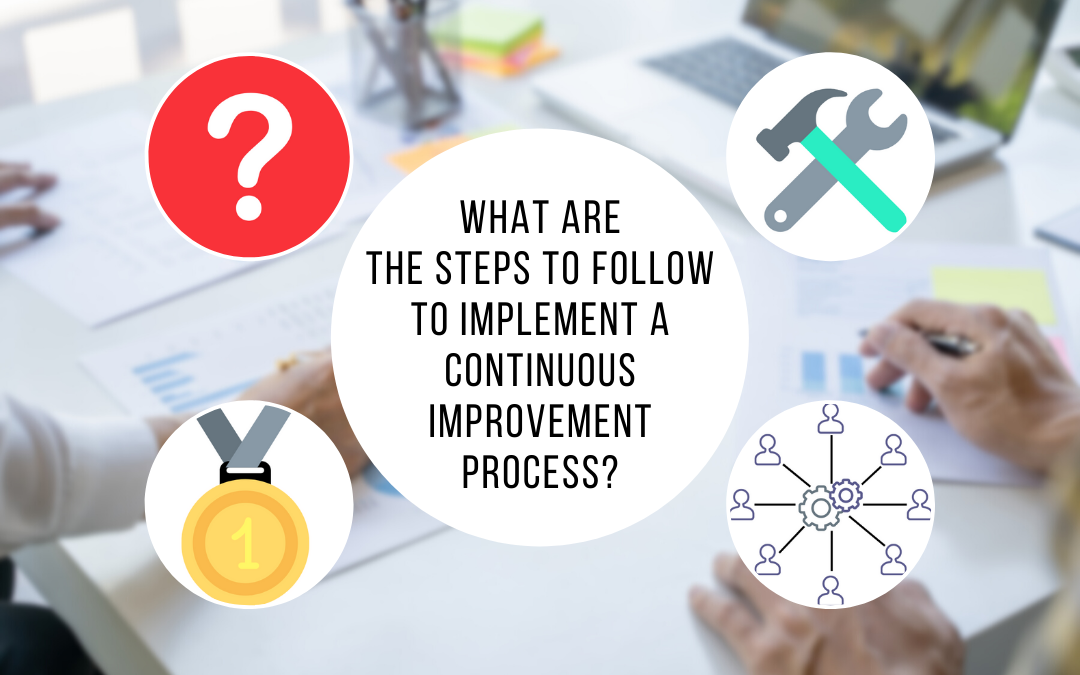Have you heard about the benefits that companies receive when they implement an approach tocontinuous improvement ? This practice is based on ideas developed in Japan several decades ago, in particular Lean Management, which aims to increase productivity and provide concrete solutions to problems encountered in production. In order to complete this project and achieve the expected improvements, several steps are necessary. All of them require the involvement of all the teams.
How to define continuous improvement?
The origins of continuous improvement go back to the 1970s, in Japan, at Toyota. This famous automotive group then implemented Lean Management, a practice that consists of managing the company without waste. The objective is to improve costs, deadlines, quality and productivity in order to increase customer satisfaction. This innovative approach was based on the principle of Kaizen, meaning “change for the better”, widely used in Japanese industry. This is a true philosophy of continuous change. It is an approach that combines cooperation and common sense. In view of the effectiveness of Toyota’s actions, continuous improvement has gradually spread to other sectors and other countries.

Find the best method for your organization
Several tools are available to concretely implement a continuous improvement approach:- The Deming wheel or PDCA cycle (Plan, Do, Check, Act): it is made up of 4 stages (plan, do, check and react/improve) which take place recursively, which explains its representation in the form of a wheel.
- The “Just in time”, “5 zeros” or “Just in time” method: rather adapted to the industrial sector, its aim is to increase logistic efficiency, notably by aiming to reduce all sources of waste and unnecessary stock.
- The “6 Sigmas”, usable in all contexts: using the DMIAC tool (Define, Measure, Analyze, Innovate, Control), this technique is based on customer opinions and indicators.
- The “5 S’s”, intended for production and logistics companies: their aim is to improve working conditions based on 5 types of actions such as sorting, tidying, cleaning, organisation and maintaining other actions over time.
- The Ishikawa diagram or the “5 M’s”, applicable in all structures: it allows to identify the sources of the problems and to bring them solutions.
- The principle of Kaizen, adaptable to all sectors of activity: this process is based on collective intelligence and collaboration between teams in order to allow a rethinking of current workflows to define better ones.
A tool to implement
a continuous improvement process?
Improve your processes with the right tools
Once you’ve decided which tool is right for your business, it’s time to implement the continuous improvement process. The first step is to take stock of what exists. You need to have an overview of all current processes and their characteristics. It is important to list them, to question their real usefulness and the way they are formalized or not. Once this inventory has been completed, it is important to inform all employees of the existence of these processes. Thus, all the actors concerned by the same business flow will have access to identical information, from the technicians to the managers. Finally, to ensure that the identified workflows are regularly updated as they evolve, do not hesitate to use specific tools. With project management software, you can easily plan tasks and track their progress. Thanks to a BPM tool (Business Process Management), you will model, streamline and manage your workflows.

